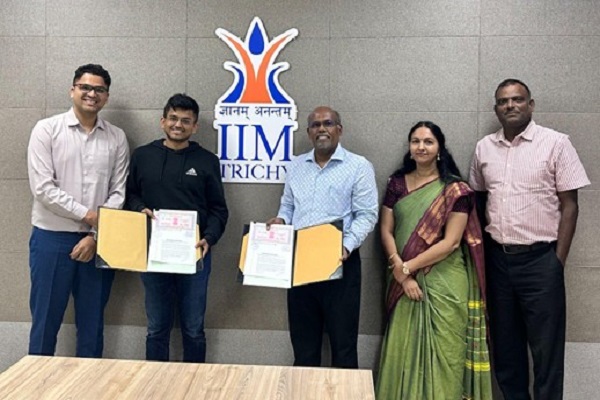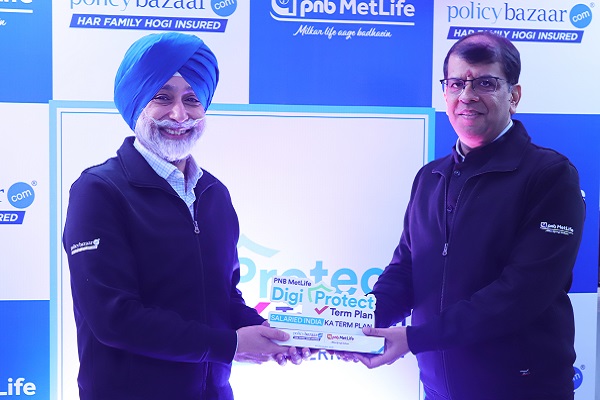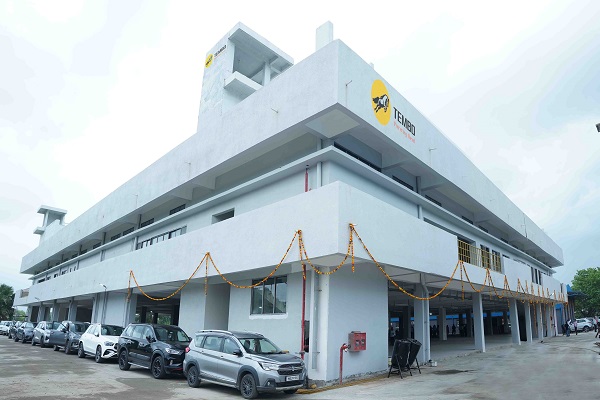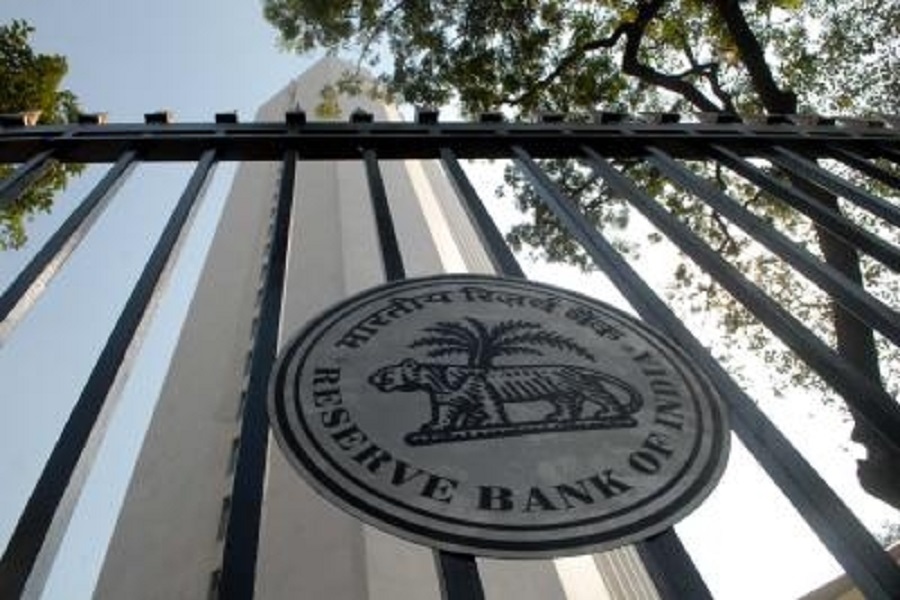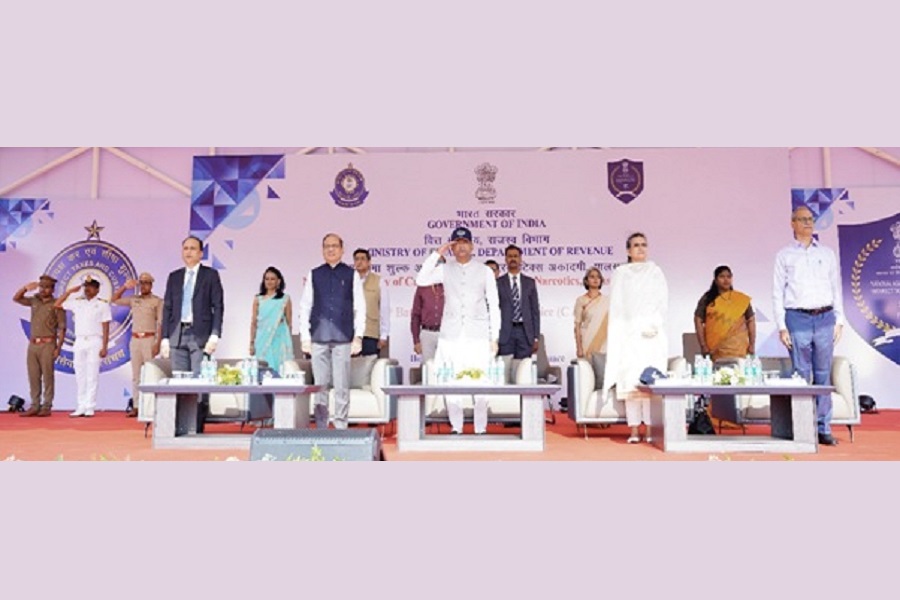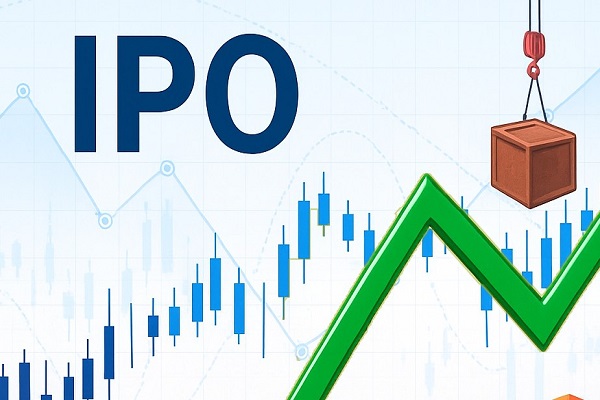Esprit Stones coming with IPO to raise Rs 50.42 crore

-
Esprit Stones
- Esprit Stones is coming out with initial public offering (IPO) of 57,95,200 shares in a price band Rs 82-87 per equity share.
- The issue will open on July 26, 2024 and will close on July 30, 2024.
- The shares will be listed on NSE Emerge Platform.
- The face value of the share is Rs 10 and is priced 8.20 times of its face value on the lower side and 8.70 times on the higher side.
- Book running lead manager to the issue are Choice Capital Advisors and Srujan Alpha Capital.
- Compliance Officer for the issue is Anjali Pandey.
-
Profile of the company
The company is primarily engaged in the manufacturing of Engineered Stones such as: (i) engineered quartz surfaces; and (ii) engineered marble surfaces. The company majorly manufactures engineered quartz surfaces and through its Subsidiary, Haique Stones Private Limited (HSPL), it manufactures engineered marble surfaces. It is one of the key Engineered Stones players in India. (Source: CARE Report). Engineered Stones are composite material formed out of crushed stone that is held together by an adhesive. Engineered Stone’s non-porous characteristics, offer superior scratch, stain and heat resistance, making them extremely durable and therefore get an edge over competing products such as natural stones, laminate and other manufactured solid surfaces The strength, consistency, durability and appearance of its Engineered Stones, as well as their low maintenance makes it ideal for its application for vanities & bathroom surfaces, kitchen countertops, floors and wall cladding furniture, and other interior surfaces that are used in a variety of residential and non-residential applications. Through its innovative design and manufacturing processes, it is able to offer its product in wide variety of colours, styles, designs and textures.
It has customized its manufacturing processes in order to maximize the consistency, quality, durability and crack resistance of its Engineered Stones while also increasing its slickness and luster. Together with its research and development capabilities, its manufacturing expertise enables it to develop a number of aesthetically distinct designs for its products. It continually work to ensure that it acquires high quality raw materials for its Engineered Stones and ensure that its high-quality standards are met by conducting ongoing quality control checks of the raw materials and finished goods at its Manufacturing Facilities. Its business model is aimed to consistently continue to strengthen its product portfolio through continued investment in product innovation supported by strong research and development initiatives, marketing activities and the establishment of long-term relationships with its existing and new customers.
Proceed is being used for:
- Funding Working Capital requirement of the company
- Investment in its Subsidiary, Haique Stones Private Limited (HSPL), for repayment and / or prepayment in part or full of its outstanding borrowings
- Investment in its Subsidiary, Haique Stones Private Limited (HSPL) for funding its Working Capital Requirement
- General Corporate Purpose
-
Industry Overview
The Indian engineered stone market is estimated to be valued at $3,643 million in 2022. The industry is expected to grow at a CAGR of 7-8% in the projected years between 2022 to 2027. By the year 2032, the Indian engineered stone market is expected to reach $7,355 million. The outlook for the natural segment is stable with a positive upside in the medium term. Like natural stones, the engineered stone industry is also linked to commercial and residential real estate industries. Going forward, with hybrid working environment, design specifications for homes are likely to be altered as there will be higher demand for flexible homes that are capable of functioning as offices and classrooms if required. This would result in increased penetration of engineered stones to be used in interior designing.
Engineered quartz was declared as a minor mineral by the Government of India in 2015. More than half of quartz in India comes from the state of Andhra Pradesh, followed by Rajasthan. Other states where quartz is available are Chhattisgarh, Gujarat, West Bengal, Karnataka and Jharkhand. The industry manly consists of unorganized players. Besides catering to the Indian market, India is a major exporter of engineered or quartz stones in countries like the U.S, Europe and U.A.E. The demand for engineered stones has increased tremendously owing to its wide range of applications, cost effectiveness, and many other characteristics such as strength, durability, and availability in various color pellets.
Moreover, In the FY2020-21 the industry was impacted by the Covid-19 leading to disruptions in production and transportation process. As the lockdowns were imposed throughout the country, laborers migrated back to their native towns creating a shortage of labor. The infrastructure and customer base were also affected by the pandemic as the customers wanted to check the look and feel of the products which was not possible during the time of lockdowns.
Pros and strengths
Prominent player in the high growth engineered stones market: It is one of the key Engineered Stones players in the Indian Market. It has achieved this success due to its strong understanding of consumer preferences that helps it recognizes and addresses local trends in the markets it serves. It is well positioned to benefit from attractive growth and substantial penetration opportunities in the Engineered Stones segment. The global engineered stones market is expected to reach $48,104 million by 2032.
Backward Integration: It is engaged in the manufacturing of engineered quartz surfaces and the core raw materials for manufacturing of engineered quartz are quartz grit and unstaturated polyester resin. In order to reduce its dependence on third-party raw material suppliers, use consistent and quality material in its products, it commissioned its Manufacturing Facility II for manufacturing of quartz grit. As a result of this backward integration, the company gained a better control on such raw material. In addition, the quartz grit produced by its Manufacturing Facility II places it in an advantageous position in the event of a limited availability of quartz grit in the market.
Strategic location and state-of-the-art manufacturing facilities: The Udaipur area in Rajasthan has abundant mineral deposits that are used for manufacturing of its Engineered Stones. Its manufacturing facilities, located in the Udaipur district, benefit from the mineral-rich ecology, resulting in economic and logistical advantages. Its Manufacturing Facilities are fully integrated from handling of raw material to finished goods and are equipped with modern storage facilities and latest technology machineries such as quartz pressing line including mixers and pressing line, calibrating and polishing line, EOT cranes, CNC machines, bridge-cutter, resin line, grit grinding unit, powder ball mill, powder storage cilos, resin tanks, mixers and block pressing line, gangsaw, polishing machines, reactors, blenders, etc. enabling it to manufacture quality products, minimize human labour involvement and achieving cost efficiencies.
Risks and concerns
Dependent upon the price and availability of the raw materials: Its operations are dependent upon the price and availability of the raw materials that it requires for the production of its products. It generally does not enter into long term supply agreement and the absence of such long-term supply contracts subjects it to risks such as price volatility caused by various factors such as commodity market fluctuations, production and transportation cost, changes in government policies, regulatory changes, etc. If it is unable to pass on cost increases to its customers or are unsuccessful in managing the effects of raw material price fluctuations, its business, financial condition, results of operations and cash flows could be materially and adversely affected.
Major portion of revenues are derived from exports to USA: It has historically derived a significant portion of its revenues from exports to the United States of America. Accordingly, any materially adverse social, political or economic development, natural calamities, civil disruptions, regulatory developments or changes in the policies of the government in the USA could adversely affect its manufacturing and distribution activities, result in modification of its business strategy or require it to incur significant capital expenditure, which will in turn have a material adverse effect on its business, financial condition, results of operations and cash flows.
Dependent on third parties for transportation and export: Its ability to manufacture, transport, and sell its products is critical to its success. The company is dependent on third party transportation for movement of its products from its Manufacturing Facilities the port and thereafter export through sea. Any disputes with its transporters, including disputes regarding pricing or performance, could adversely affect its ability to supply products to its customers on timely basis and could materially and adversely affect its product sales, financial condition, and results of operations.
Outlook
Esprit Stones is primarily engaged in the manufacturing of Engineered Stones such as: (i) engineered quartz surfaces; and (ii) engineered marble surfaces. The company majorly manufactures engineered quartz surfaces and through its Subsidiary, HSPL, it manufactures engineered marble surfaces. It is one of the key Engineered Stone players in India. On the concern side, the engineered stone industry is highly competitive, both in India and overseas. It expects that competition will continue to intensify both through the entry of new players and consolidation of existing players. Its competitors, especially overseas competitors, may have greater financial resources, better distribution network, technical and marketing resources and generate greater revenues, and therefore may be able to respond better to market changes than it can. Its inability to adequately address competitive pressures may have a material adverse effect on its business, prospects, financial condition and results of operations.
The company is coming out with a maiden IPO of 57,95,200 equity shares of Rs 10 each. The issue has been offered in a price band of Rs 82-87 per equity share. The aggregate size of the offer is around Rs 47.52 crore to Rs 50.42 crore based on lower and upper price band respectively. On performance front, its total income has increased by 56.07% to Rs 27,477.82 lakh in Financial Year ended March 31, 2024 from 17,606.52 lakh in Financial Year ended March 31, 2023 primarily due to overall increase in the revenue from operations and other income. It recorded an increase of 190.04% in profit after tax from Rs 355.72 lakh in Financial Year ended March 31, 2023 to Rs 1,031.73 lakh in Financial Year ended March 31, 2024. Going forward, it intends to continue to improve the efficiency of its operations, reduce costs, improve margins and enhance the efficiency of capital employed thereby increasing the return on its capital, while still focusing on sustainable growth. It will continue to leverage technology for better demand planning, replenishment. This will help it improve sales and sell through, allowing it to increase turnover and minimize markdowns on its inventory.




